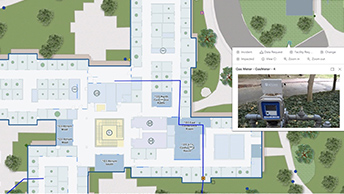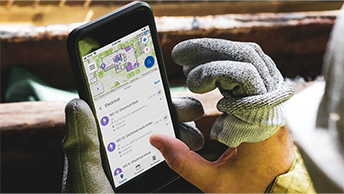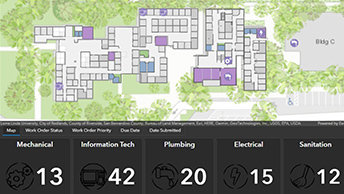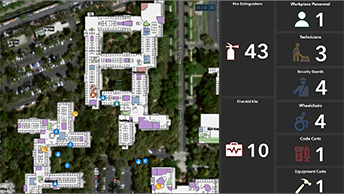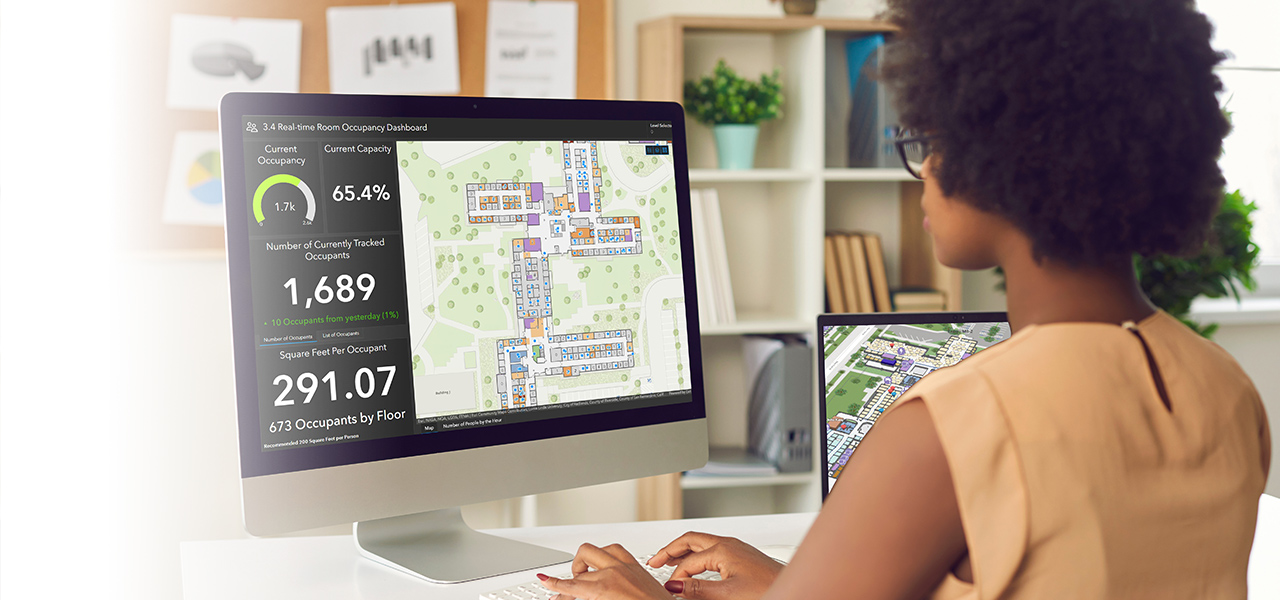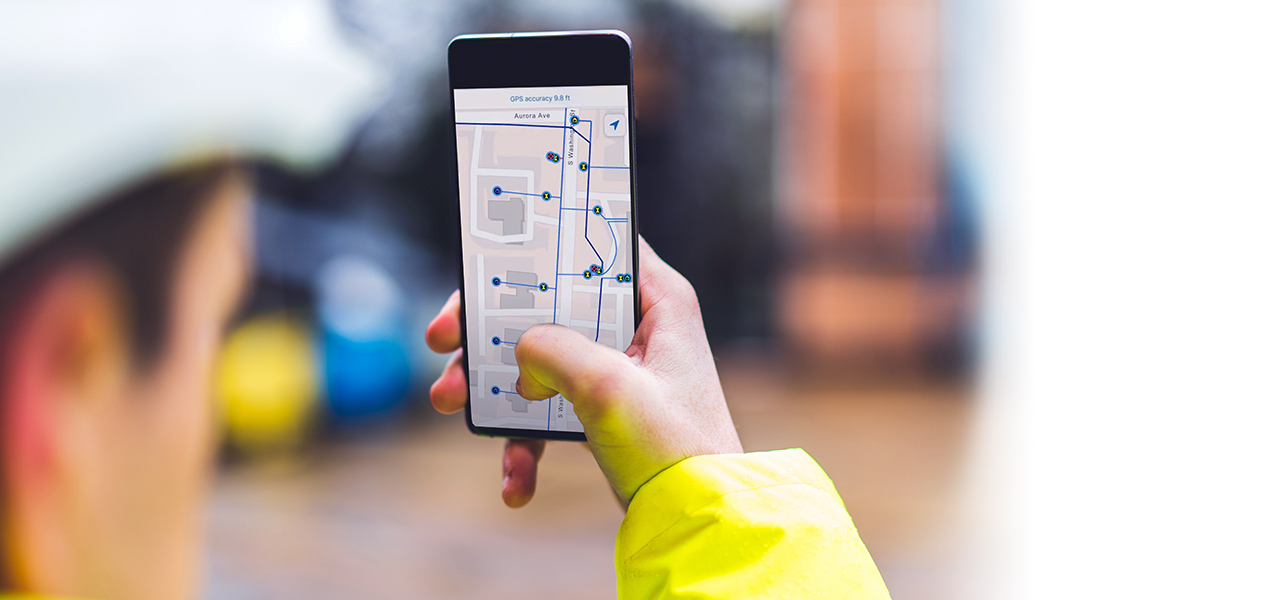Leverage your indoor data
Asset status, locations and characteristics, interior building information, floor plan layouts, maintenance history, occupancy and space usage, and indoor analytics from positioning systems are all valuable forms of indoor data. This data can be used as is to guide workers in the field to more efficient problem resolution, or analyzed at a macro level to gather insights that inform better facilities management and space utilization decisions.



